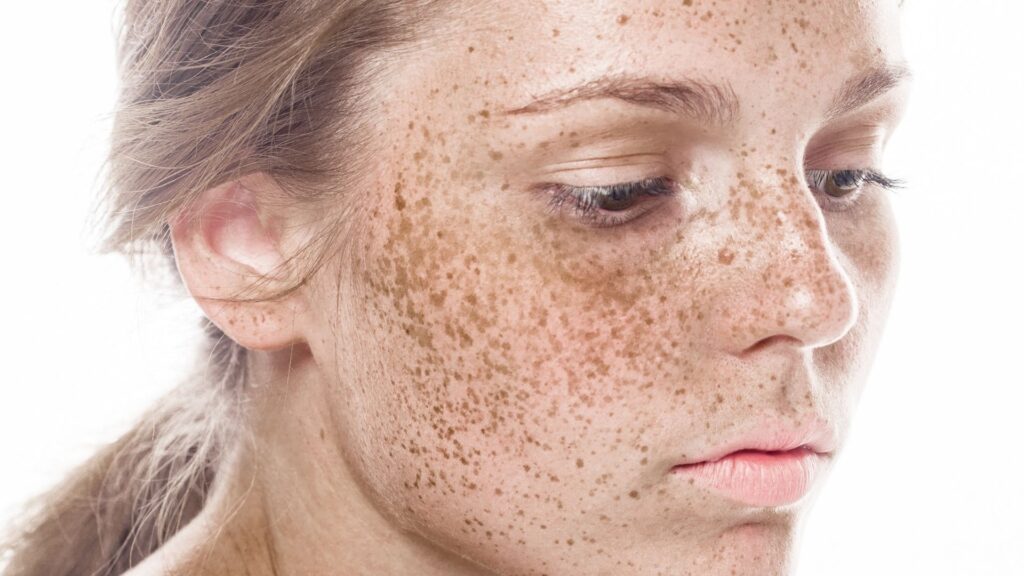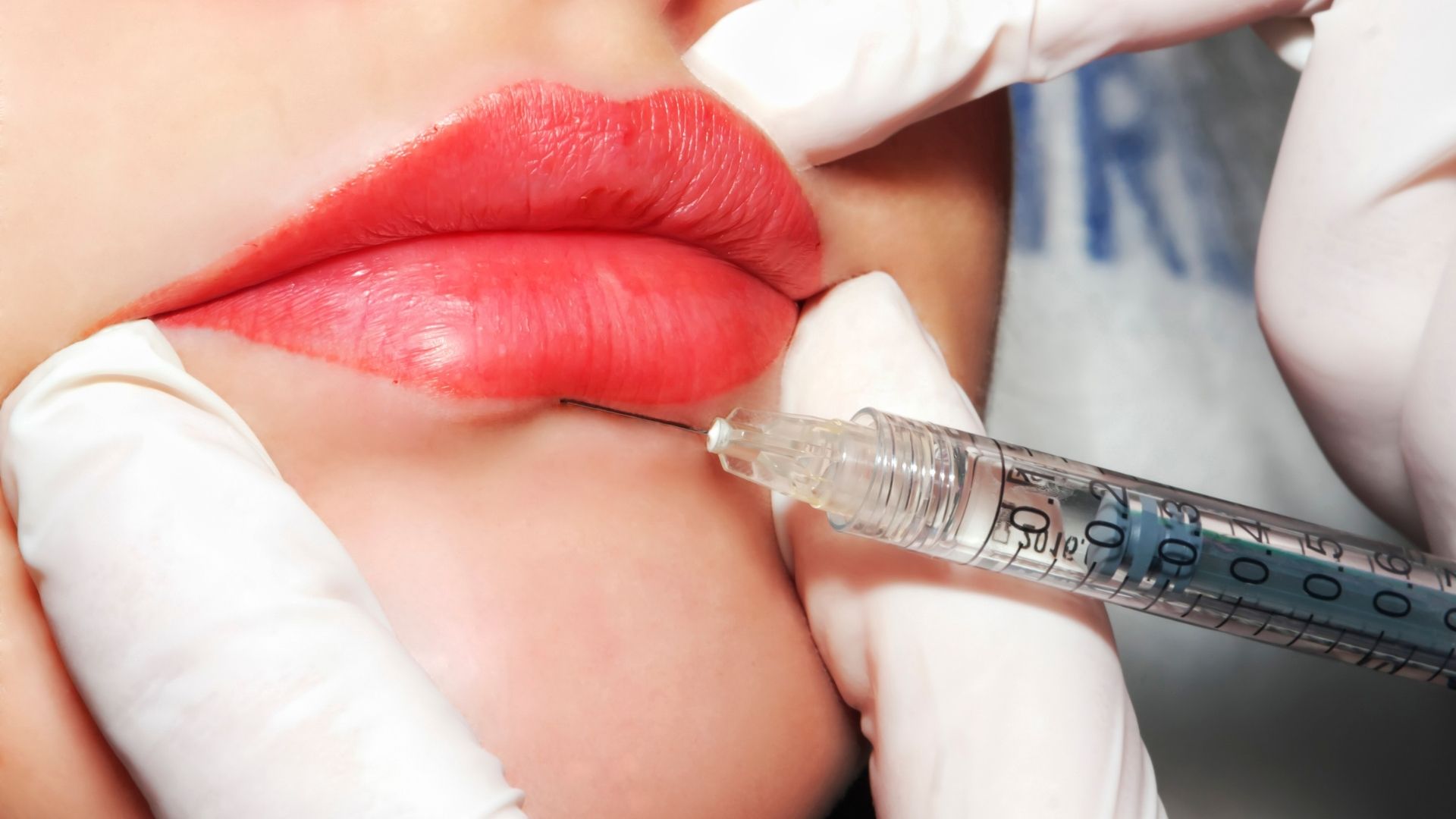Hyperpigmentation (dark spots on the skin) can vary from one another and there are many ways to treat them. Let’s begin at the beginning. It all boils down to the different types of skin pigmentation and their differences. It is important to know where dark spots are located and, most importantly, what caused them. Let’s look at the major causes of dark spots.
4 Different types of Pigmentation
Melasma
Melasma can be extremely distressing for people who have it. It is usually characterized by well-defined brown spots in the middle of the forehead, jawline, or forearms. This condition is very common in women who account for around 90% of melasma sufferers. It is not surprising that hormones are the main cause of melasma. The most common triggers for melasma are actually pregnancy and oral contraceptives. Sun exposure is also important in the development of melasma.
What can one do then? Melasma can progress and must be treated indefinitely. Use sunscreen with a minimum SPF30. There are sunscreens available that can help you fade dark spots. However, you will need to consult a dermatologist. You may be given medication, such as chemical peels, light therapy, or laser therapy. There are some treatments that can help reduce dark spots. However, you must use them all the time.

Post-Inflammatory Hyperpigmentation
This is the most common type of pigmentation and, as the name suggests, it is related to inflammation. These dark spots, which are irregular and brownish-tinted appear where there has been inflammation or injury. These dark spots can also appear after acne lesions have faded, even though you haven’t touched them. This is because inflammation triggers pigment production, particularly on darker skin. This type of hyperpigmentation is less common than melasma. It is possible to help it by using sunscreens that have at least SPF30, and using ingredients that are proven to work. This is the primary ingredient, but you also have options for retinol or peelings.
There are several skin conditions that can cause dark spots, including acne. These include eczema and lichen planus. psoriasis is also possible. If you have any of these conditions, please consult your dermatologist before adding any depigmenting ingredients to your routine.

Liver Spots (Solar Lentigines)
These yellow spots, also known as dark spots, are very common in older people. These spots are most common on the hands, chest, back, shins, and forearms. These are places that have been repeatedly exposed to sunlight radiation over the years. A dermatologist can treat these dark spots with topical meds or chemical peels, IPL, laser, cryotherapy, and other treatments. If you feel pain or itching, or if there are any lesions that could be melanoma-related, you should have a biopsy performed.
Remember that prevention is the best way to combat solar lentigines. This can be managed by applying sunscreen regularly and using antioxidants like vitamin D.

Freckles (Ephelides)
You don’t need to deal with all types of skin pigmentation. Freckles are like moles and should be treated as such. These are small, yellow/light brown spots that tend to be more visible when exposed to the sun. They usually fade away during the winter months, sometimes completely. Sun protection is a must if you want your sunburns to disappear.














